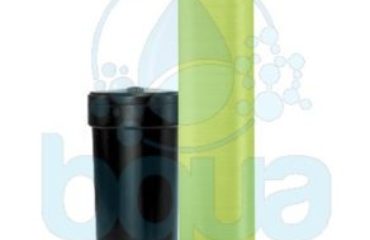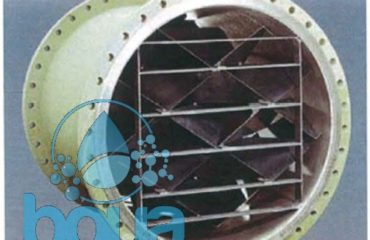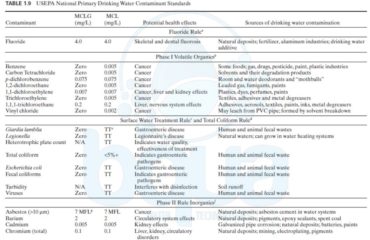What is Dissociation Constant Definition
Dissociation Constant demonstrates the maximum range to which an element or substance would dissociate into ions. The Dissociation Constant referred to as “K” is equal to the product of the concentrations of the corresponding ions:
K = [H+] x [OH-]
The dissociation constant for a compound such as sodium chloride is very large since the ions are almost totally dissociated (exist as separate cations and anions). Dissociation constants for compounds which do not readily dissociate (separate) are small.
Highly Soluble Salts <——-> Large Dissociation Constant
Slightly Soluble Salts <——> Small Dissociation Constant
Most ionic compounds will dissociate to some extent. Even water will slightly dissociate as described by the equation below.
H2O —-> (H+) + (OH-)
The dissociation constant for water is found by multiplying the concentrations of the hydrogen ion (H+) and the hydroxide ion (OH-). The brackets in the equation indicate that we are dealing with concentrations expressed in molarity. Scientists found that the product of concentration of the two ions is 1.0 x 10-14 at standard conditions.
K = [H+] x [OH-] = 1.0 x 10^-14
If we are dealing with pure water, we know that the concentration of H+ and OH- must be the same since one of each is required to make a water molecule.
[H+] = [OH-]
Since,
(H+) + (OH-) —–> H2O
Therefore, if the concentrations of the ions multiplied together are equal to 1.0 x 10^-14 and the concentrations of each ion are the same, we know that the concentration of each ion is 1.0 x 10^-7. Remember, when we multiply numbers with exponents, we add the exponents together.
[H+] x [OH-] = 1.0 x 10^-14
1.0 x 10^? x 1.0 x 10^? = 1.0 x 10^-14
[H+] and [OH-] are equal:
[H+] = [OH-] = 1.0 x 10^-14
1.0 x 10^-7 [H+] x 1.0 x 10^-7 [OH-] = 1.0 x 10^-14
If we add some hydrochloric acid (HCl) to the pure water, the concentration of hydrogen ions will increase since HCl is almost completely dissociated.
HCl + H2O —–> H+* + Cl- + H2O
*Concentration of H+ is increased by the addition of HCl
As the concentration of hydrogen ions increases, the concentration of hydroxide ions decreases. This is because the dissociation constant (product of the H+ concentration multiplied by the OH- concentration) for water does not change. It is a basic chemical characteristic just like density, boiling point, freezing point, etc.
[H+] x [OH-] = 1.0 x 10^-14
As the concentration of H+ goes up, the negative exponent on the concentration value goes down. In our example below, it goes from -7 to -5. The hydroxide exponent therefore must go from -7 to -9. Remember, the dissociation constant does not change. The product of the two concentrations (sum of the exponents) must always equal -14.
Example:
Pure Water
1.0 x 10^-7 x 1.0 x 10^-7 = 1.0 x 10^-14
With the addition of acid
1.0 x 10^-5* x 1.0 x 10^-9 = 1.0 x 10^-14**
*This number is larger due to the addition of acid.
**This number must remain the same.
In the same manner, if we add sodium hydroxide (NaOH) to pure water, the OH- concentration will increase. If the OH- concentration increases, the H+ concentration must decrease.
Now we can see that with water we can have one of three conditions. First, we can have a condition in which there are an equal number of H+ and OH- ions. Water in this state is said to be neutral. Second, we can have a condition in which we have more H+ than OH- ions. This condition is called acidic. Third, we can have a condition in which there are more OH- than H+ ions. This condition is called basic or alkaline.
[H+] > [OH-] —–> Acidic
[H+] = [OH-] —–> Neutral
[H+] < [OH-] —–> Alkaline




